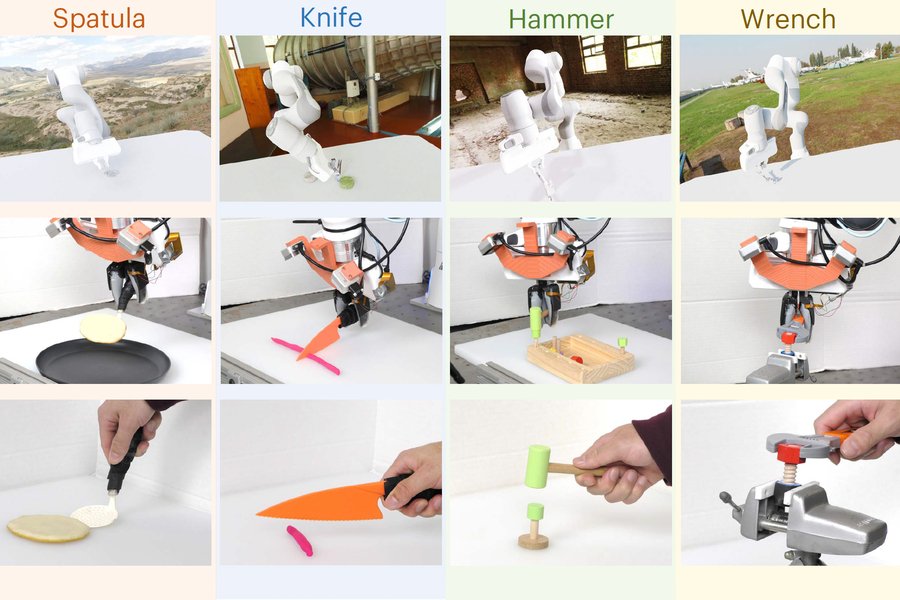[ad_1]
Most protection of humanoid robotics has actually not surprisingly concentrated on equipment style. Provided the regularity with which their designers consider the expression “basic objective humanoids,” even more interest should certainly be paid to the very first little bit. After years of single-purpose systems, the dive to much more generalised systems will certainly be a large one. We’re simply not there yet.
The press to create a robot knowledge that can totally take advantage of the broad breadth of activities opened by bipedal humanoid style has actually been a vital subject for scientists. Using generative AI in robotics has actually been a white-hot topic lately, also. New research out of MIT indicate just how the last could exceptionally influence the previous.
Among the most significant obstacles when driving to general-purpose systems is training. We have a strong understanding on finest methods for training people just how to do various work. The methods to robotics, while appealing, are fragmented. There are a great deal of appealing approaches, consisting of support and replica knowing, however future services will likely entail mixes of these approaches, boosted by generative AI designs.
Among the prime usage situations recommended by the MIT group is the capacity to look at pertinent details from these tiny, task-specific datasets. The technique has actually been called plan make-up (PoCo). Jobs consist of beneficial robotic activities like battering in a nail and turning points with a spatula.
” [Researchers] train a different diffusion design to find out an approach, or plan, for finishing one job making use of one certain dataset,” the institution notes. “After that they incorporate the plans found out by the diffusion designs right into a basic plan that makes it possible for a robotic to do several jobs in different setups.”
Per MIT, the unification of diffusion designs boosted job efficiency by 20%. That consists of the capacity to perform jobs that call for several devices, in addition to learning/adapting to unknown jobs. The system has the ability to incorporate important details from various datasets right into a chain of activities called for to perform a job.
” Among the advantages of this method is that we can incorporate plans to obtain the most effective of both globes,” states the paper’s lead writer, Lirui Wang. “For example, a plan educated on real-world information could be able to accomplish even more mastery, while a plan educated on simulation could be able to accomplish even more generalization.”
The objective of this certain job is the production of knowledge systems that permit robotics to switch various devices to do various jobs. The spreading of multi-purpose systems would certainly take the market an action better to general-purpose desire.
[ad_2]
Source link .




